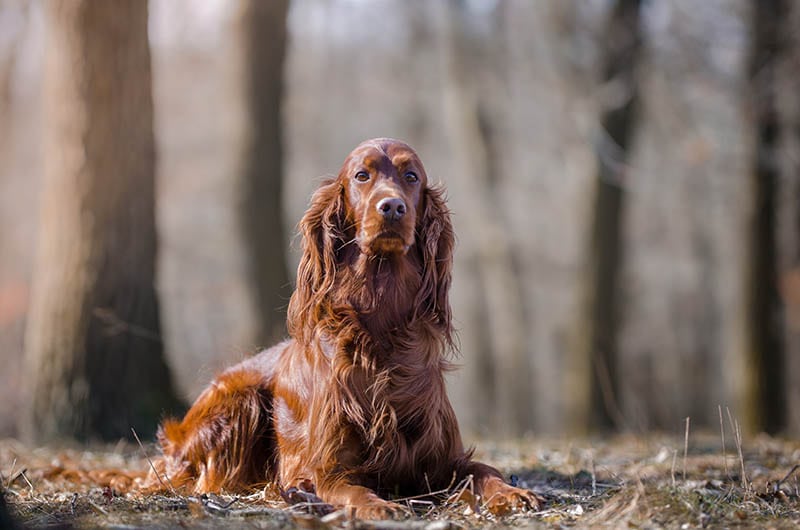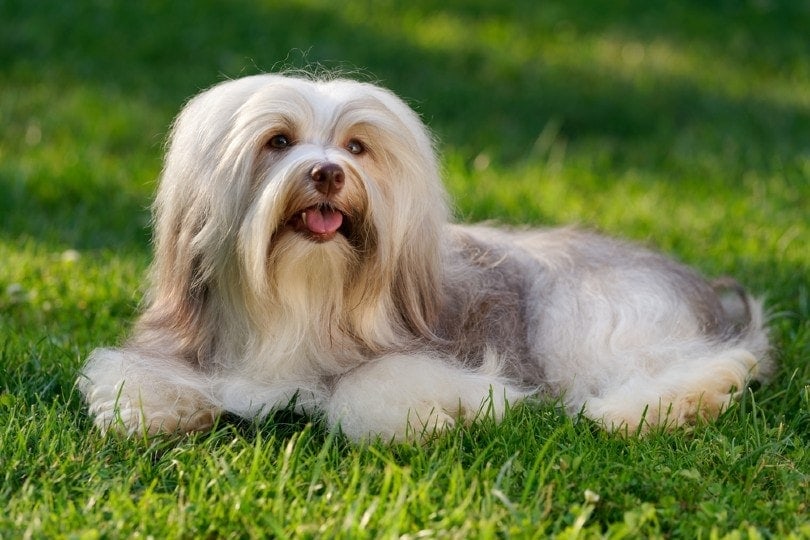Do Pitbulls Get Along with Cats? Vet-Reviewed Introduction Tips
Updated on

Click to Skip Ahead
If you’re thinking of adopting a pit bull and already have a cat or two in your home, one of the first questions you’ll likely ask is whether pit bulls and cats get along. The answer is sometimes. Depending on several factors we’ll discuss below, a pit bull may sometimes get along with a cat. A more important question might be, “How do I make sure my pit bull and cat get along?” We have the answer, and some great tips, below.
Aren’t Pit Bulls Banned?
This is a really important question to ask, because the legislation regarding pit bull type breeds varies, not only between states, but individual cities and towns. As they are not a specifically recognized breed, dogs that match the characteristics of pit bulls will be characterized as one, so any prospective owners must be careful. The fact that a pit bull is being sold or rehomed in your area does not necessarily ensure that you are living in a pit bull friendly zone, so always check before bringing one home.
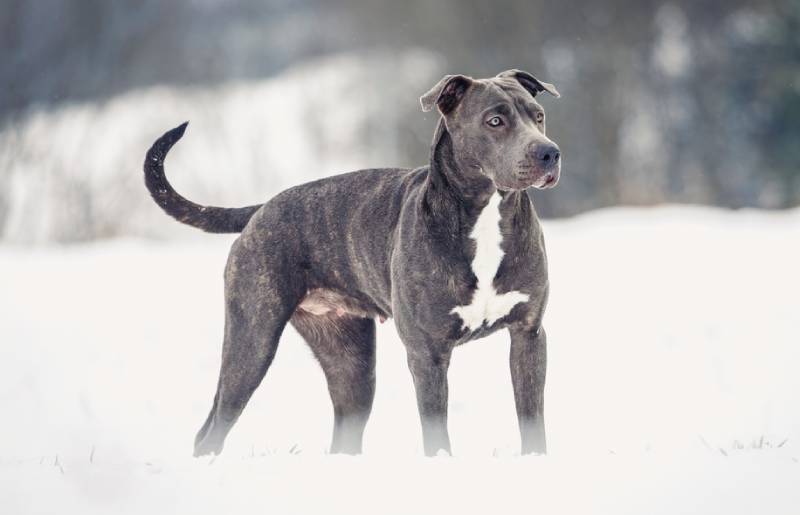
Are Pit Bulls Naturally Aggressive Towards Cats?
The biggest issue when trying to keep any dog and a cat under the same roof is the relationship between a predator and its prey or competition. For eons, well before they were domesticated, wild dogs and their canine cousins were at the top of the food chain. Yes, they shared that space with big cats, but as most dogs hunt in packs and most cats hunt alone, it’s always given dogs the advantage. This often presents as a cat’s natural instinct to run, and a dog’s impulse to chase. However, this does not necessarily equate to aggression, but a natural survival behavior.
The biggest problem with this chase/run dynamic emerges when a large dog with powerful jaws, like a pit bull, manages to catch a small cat. The instinct to grab can be dangerous, even fatal, for the smaller creature, even if the intent was not to harm.
Just think, a Chihuahua may be just as intent on chasing and catching your cat, but they are physically unable to inflict a significant amount of damage in one strike. This is generally where the problem lies with most “dangerous dog breeds”; they are not necessarily predisposed to attack or aggression, but their potential for damage makes it
- more difficult to safely deter the behavior
- more likely that they will inflict severe, even fatal, injuries
There are many smaller breeds, such as Jack Russell Terriers or Dachshunds for example, that are aggressive towards humans, but these breeds do not appear on dangerous dog lists because of their reduced capacity to inflict life-threatening injuries.
Therefore, there will always be a greater risk of injury to a small animal when interacting with a dog much larger than themselves. BUT this does not mean that cats and pit bulls can’t mix, it just means that we have a greater duty of care to make sure their relationship runs smoothly.

Socialization Is the Key to Ensuring Your Pitbull and Cat Get Along
There’s no denying that proper socialization is the best method of ensuring your pit bull and cat get along. What is socialization? It is when animals mix with different individuals of the same or different species, learning about their scents, habits, behaviors, and personalities. It is of vital importance to socialize your puppy before they are 16 weeks old, as this is the window of time where they will form many of the memories and impressions that will shape their interactions with humans and other animals, for the rest of their lives.
Another reason socialization at this young age is important is that other animals will instinctively be more patient with them, often giving more warnings or vocal reprimands for unacceptable behavior, rather than using force. This is essential for any pup to learn appropriate behavior, and form bonds with other individuals.
If you are planning to adopt a pit bull puppy, early interaction with cats is essential, particularly as they will be too small to do much damage, which allows both cat and dog to figure each other out. Dog and cat socialization is often more successful when the animals are raised together from puppies and kittens. Pit bull puppies raised with cats or kittens often create powerful bonds with their feline friends.
If you are looking to adopt or rescue an older pup or adult pit bull, it is important to learn as much about them as possible, and find out if they have been housed, or behavior tested, with cats in the past. If they have a history of chasing smaller animals, or any negative history with cats, unfortunately the chance of safely introducing them to your own cats is low.
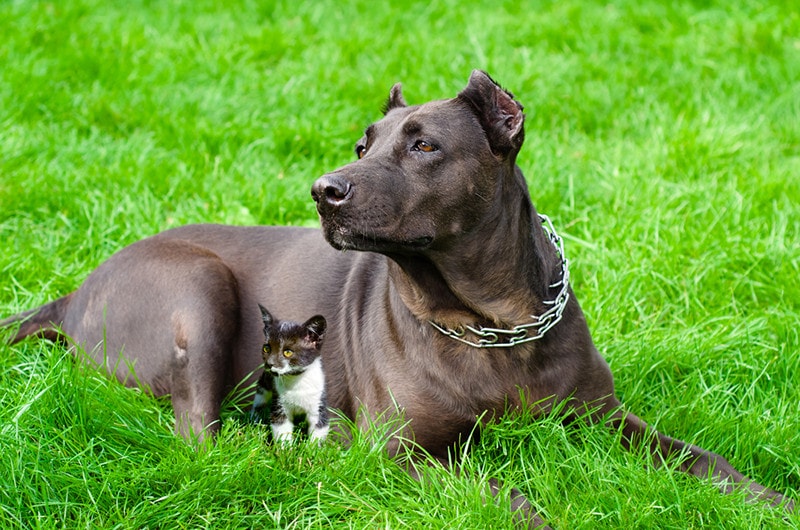
The 4 Tips to Ensure Your Pitbull & Cat Don’t Fight
We’ve talked about how socialization is the best method of ensuring your Pitbull and cat get along, but you can use several other methods to help this process. These are especially helpful if you’re introducing an adult Pitbull to an adult cat and will help you keep aggression to a minimum.
1. Prepare a Place for Both Pets to Have Their Space
Cats and dogs like to have a place to be alone and relax in peace. If you try to force the two into a single space, whether to sleep, eat, or whatever, there’s bound to be trouble. Instead, prepare a special space for your pit bull and your cat. Place their bowls, toys, and beds in that space, and make sure it’s off-limits to the other pet.
Using a crate for your dog is a great way for them to feel safe and secure, and also allow you to safely introduce them to your cat. Never do this the other way around (ie. cat in cage) as this will increase your dog’s prey drive, seeing the caged cat as something to play with.
Be sure to have plenty of high places for your cat to retreat to, such as tall cat trees or shelves.
2. Have Your Pit Bull and Cat Spayed and Neutered
Once cats and dogs reach sexual maturity, they are more likely to be feeling defensive of their territory, and this may extend to a pet they have lived with since kitten/puppyhood. Changing hormones can also make pets feel cranky or unsettled.
You should spay/neuter your cat once they are 6 months old to reduce these effects, and avoid creating unwanted litters of kittens. Generally, vets recommend spaying female dogs 2-3 months after their first season. This ensures that everything has fully developed, and reduces the risk of estrogen dependent urinary incontinence. In male pit bulls, the time to neuter can be as young as 6 months if needed, but ideally around 12 months old to ensure complete physical development. The ideal timing of this will vary between individuals, and can be discussed with your vet.
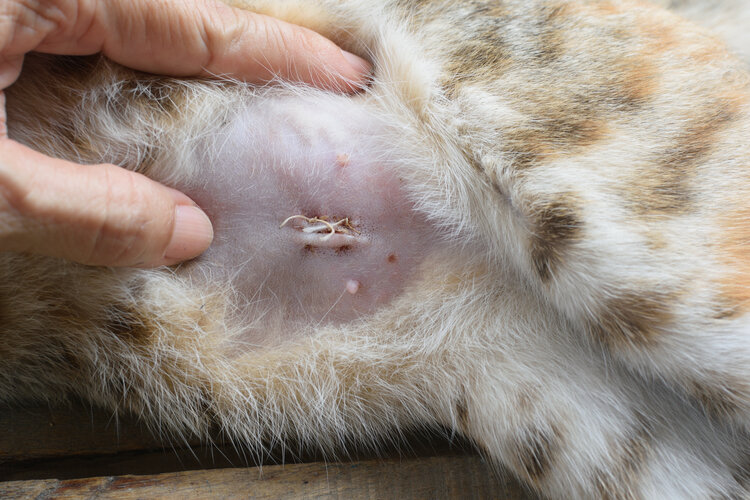
3. Make Sure Both Animals Are Well-Fed
Studies have shown that animal (and human) aggression is reduced when they are fed a high quality diet that contains the right balance of nutrients. Speak to your vet about the best food to feed your pets. This will also reduce competition for food.
4. Trim Your Cat’s Claws
If you are introducing your cat to a puppy, it is a good idea to trim their claws. This allows your cat to teach the puppy some manners, whilst reducing the risk of sharp claws damaging the eye of an unwary pup. If introducing an adult dog, do not clip your cat’s claws in case it really does need to defend itself.
Are There Benefits of Having a Pitbull and Cat in the Same Home?
Absolutely! Seeing the loving bond that can form between a gentle giant and a fluffy kitty is just amazing. Despite their problematic reputation, pit bulls are often a gentle, loving, and affectionate breed that love their family, whether they be human, canine or feline. Much of their “aggressive” labeling comes from dogs that have not been well socialized, mistreated, and put in a position where they felt they needed to protect themselves, their family or property.

Final Thoughts
Anecdotal evidence points to pit bulls being able to cohabitate with cats successfully, and both pets can live in harmony and friendship. However, it doesn’t happen without effort, planning, preparation, and dedication.
It is important to remember that, as a breed with powerful jaws and the potential to inflict serious injury, introducing a pit bull to a cat is not something to be undertaken lightly, especially if dealing with an adult dog. Even if they have previously lived with cats, their instinct to chase and grab must never be underestimated.
One of the most successful methods to ensure your pit bull gets along with your cat is to train them when they’re young, providing firm discouragement from chasing the cat, and great praise and rewards for gentle, calm behavior. Like human siblings, the extra time together growing up usually helps each animal form a strong and caring bond. We hope the advice shared today will enable you to raise your Pitty and kitty in peace and harmony.
Featured Image Credit: Krislyn Capriola, Shutterstock




